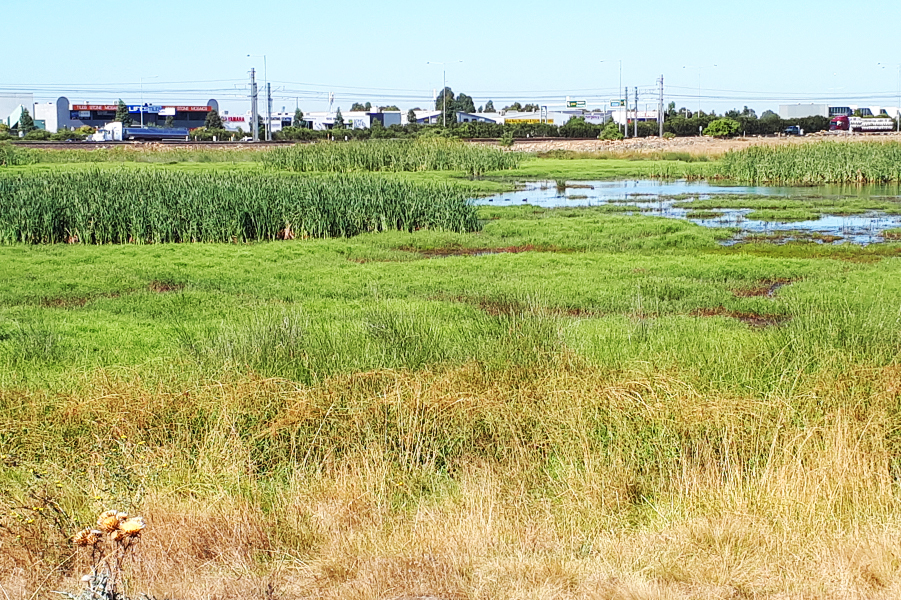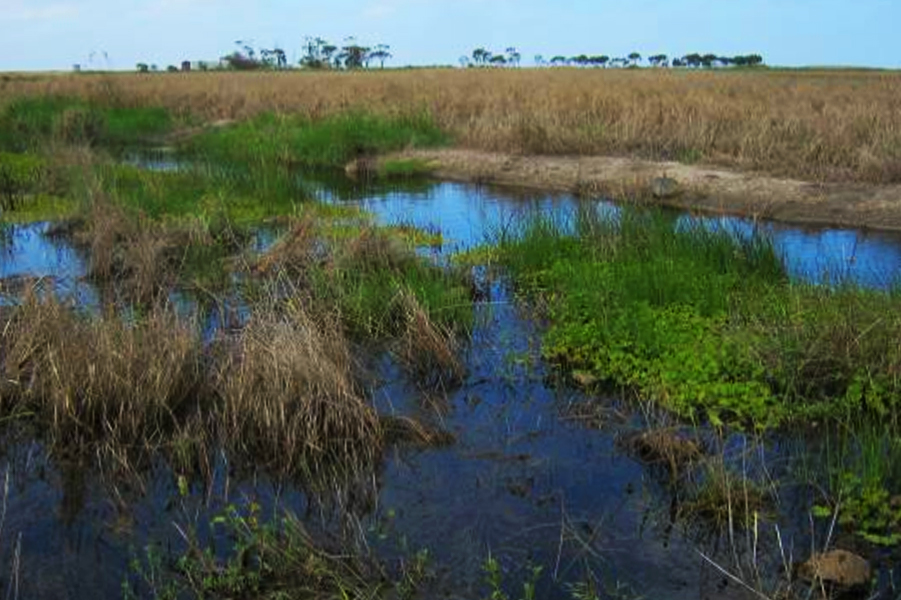Protecting our natural wetlands from urban growth
The 2019 Healthy Waterways Strategy Annual Report highlighted natural wetlands as being particularly vulnerable to impacts of urbanisation. Work has begun to highlight the issue more broadly and improve existing planning, policy and regulatory setting to improve protections.

Natural wetlands are valuable systems that are vulnerable
Wetlands are ecologically rich assets that have high biodiversity value, cultural heritage and also provide important ecosystem services such as flood mitigation, nutrient and sediment filtration, and carbon storage.
It is estimated that at least two thirds of Victoria’s natural wetlands have been removed since European settlement, and remaining wetlands are threatened due to lack of water, urban encroachment, pollution and poor land management practices.
The 2019 Healthy Waterways Strategy Annual Report reported that three priority natural wetlands were removed or impacted by urban encroachment. Responding to last year’s Healthy Waterways Strategy Annual Report results, Melbourne Water developed an issues paper for discussion with the Regional Leadership Group (RLG). The RLG identified that there is more to do in protecting natural wetlands and a need to identify options and way forward to address the challenge.

Improvements are required and the Regional Leadership Group helps highlight the issue
Rob Vertessy, independent chair of the RLG highlighted the importance of collaborative leadership and advocacy in protecting wetlands.
“We’ve stimulated discussion within the Regional Leadership Group and looked at the planning policy and regulatory settings concerned with the protection of wetlands. We hope that from this work will flow some recommendations we can make back to participating agencies to harden some of those protections. Wetlands are a really valued resource in the region and whilst there are many successes, we are still losing a lot of them. This has been the first step of the analysis and it has been quite stimulating for the Regional Leadership Group members to tackle a complex policy problem and we have the right people to make recommendations to government on how we can do better”, he said.
The Regional Leadership Group recognises its important role in monitoring and reporting progress, as well as ensuring stakeholder inputs are effectively incorporated. There are 15 priority natural wetlands across Melbourne at risk from active urban development, and 8 at risk from future urban encroachment and stormwater management.